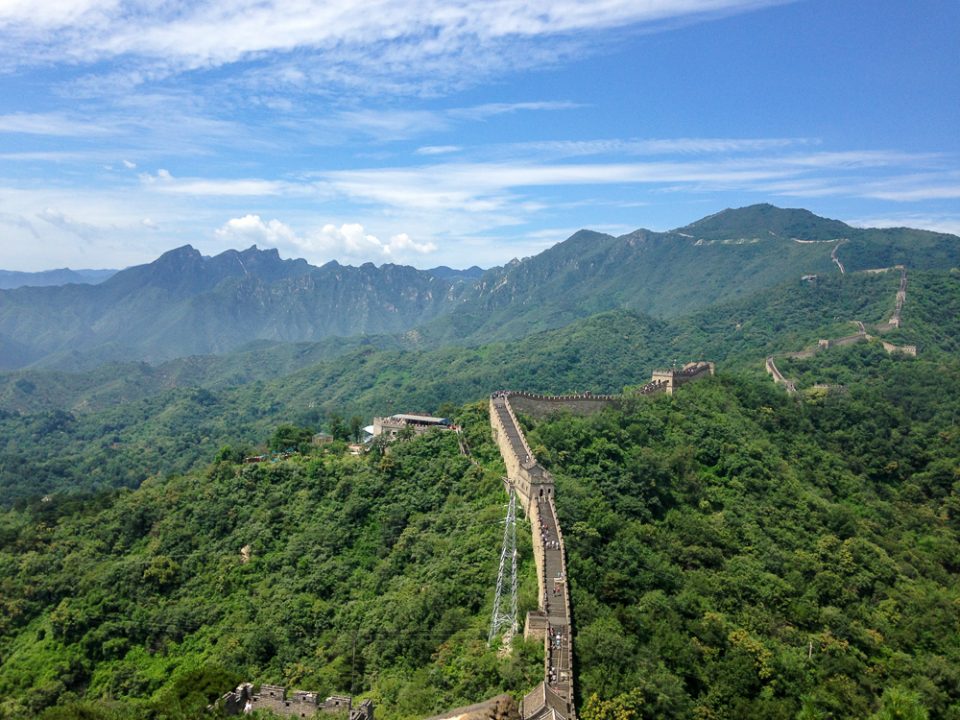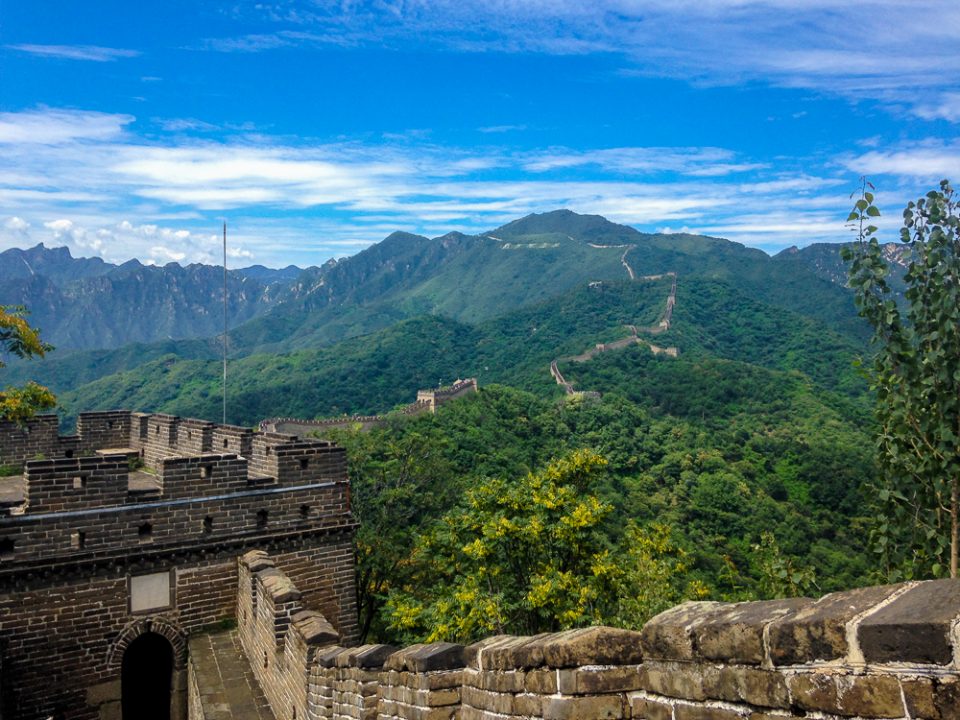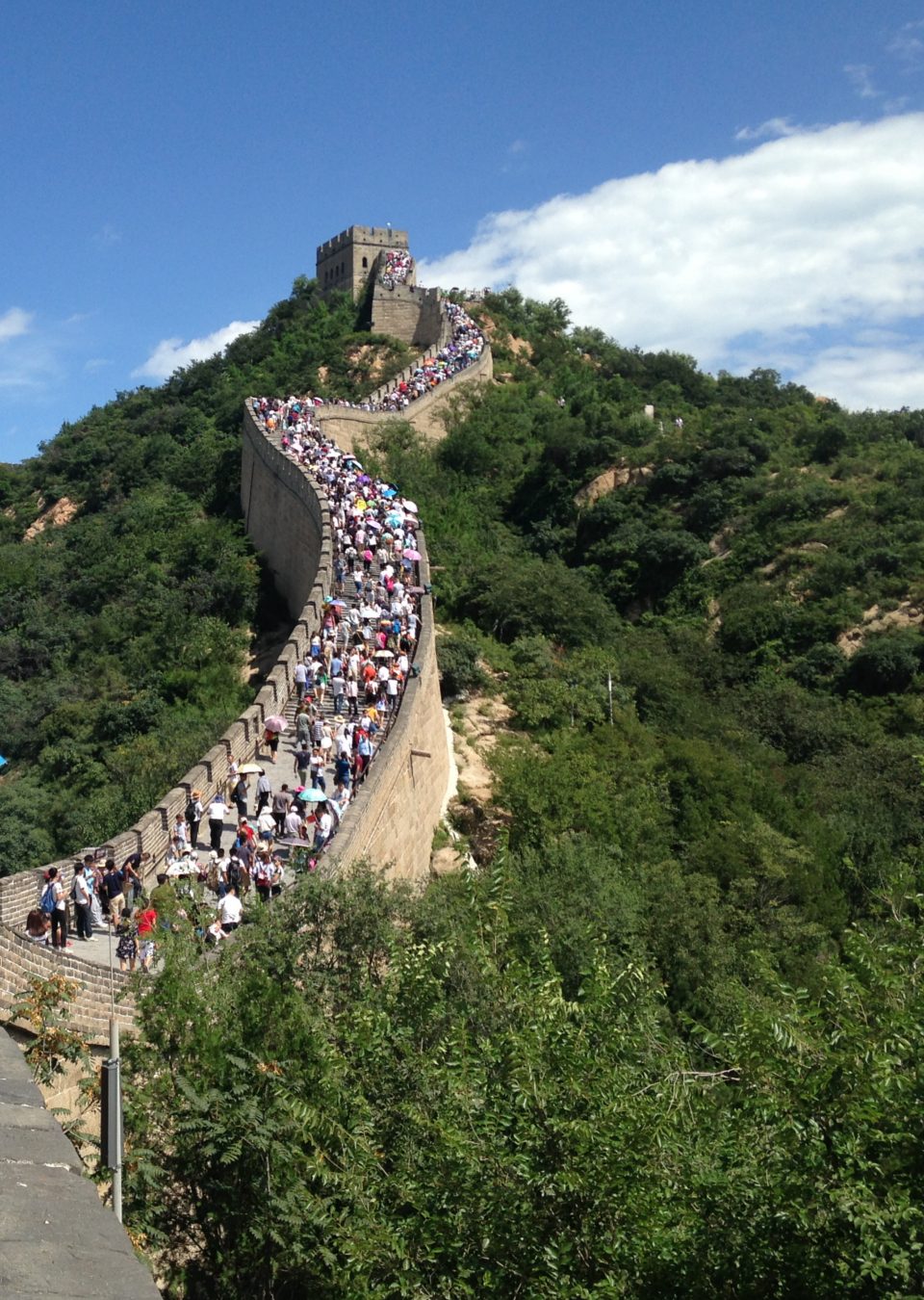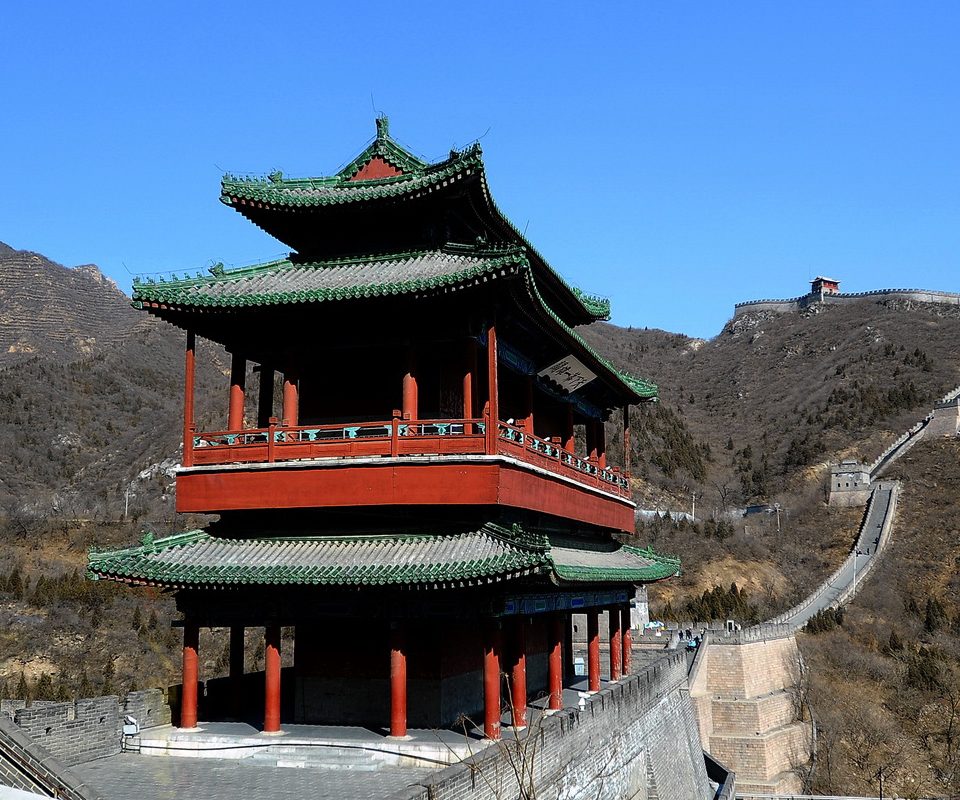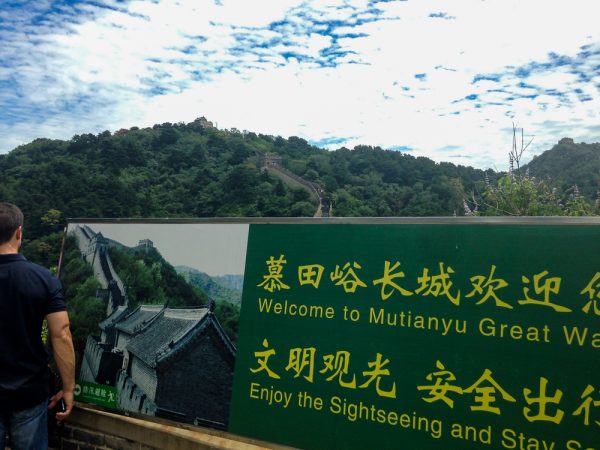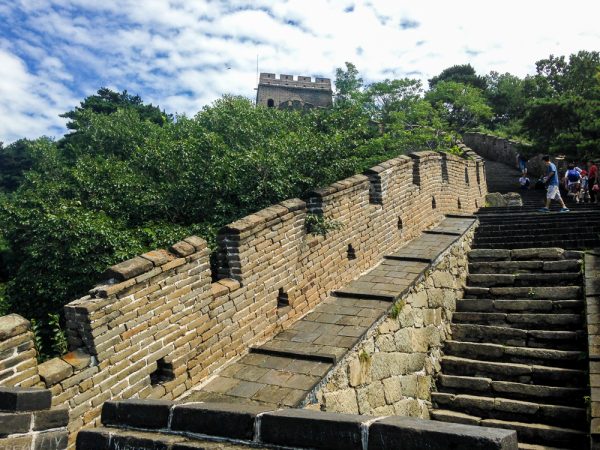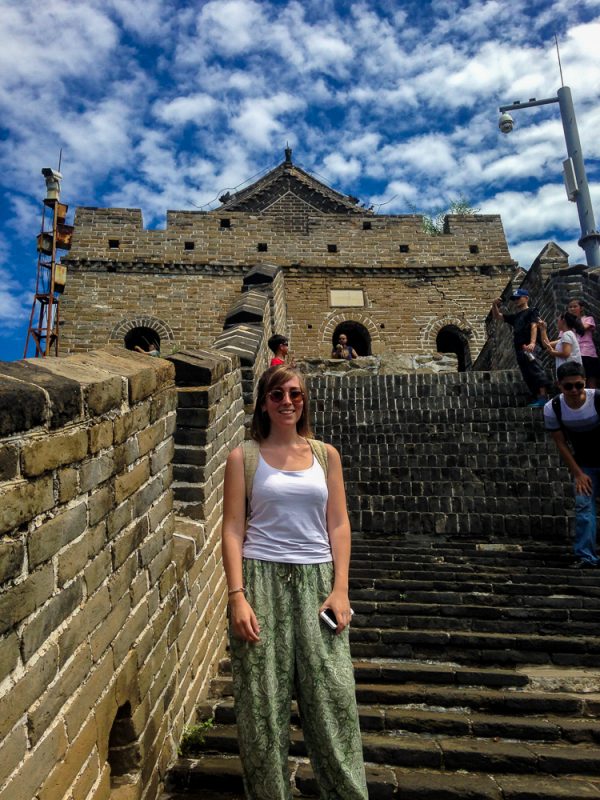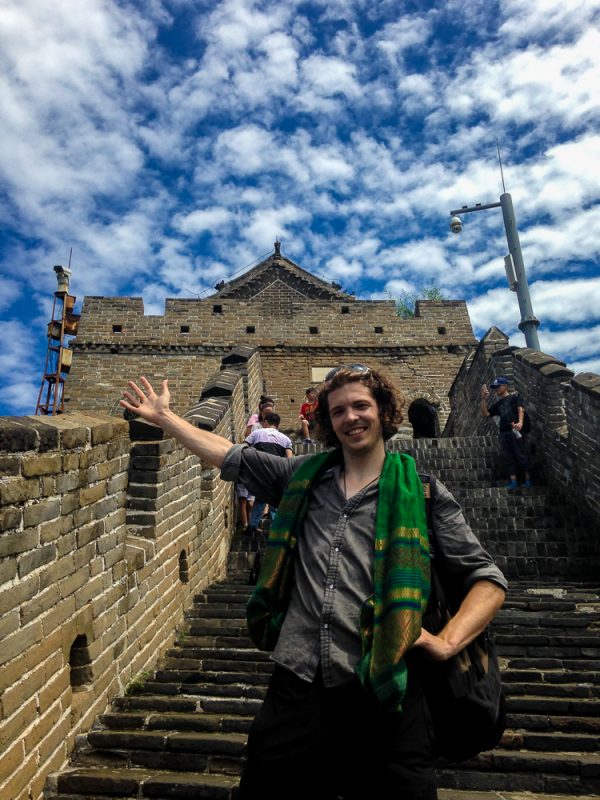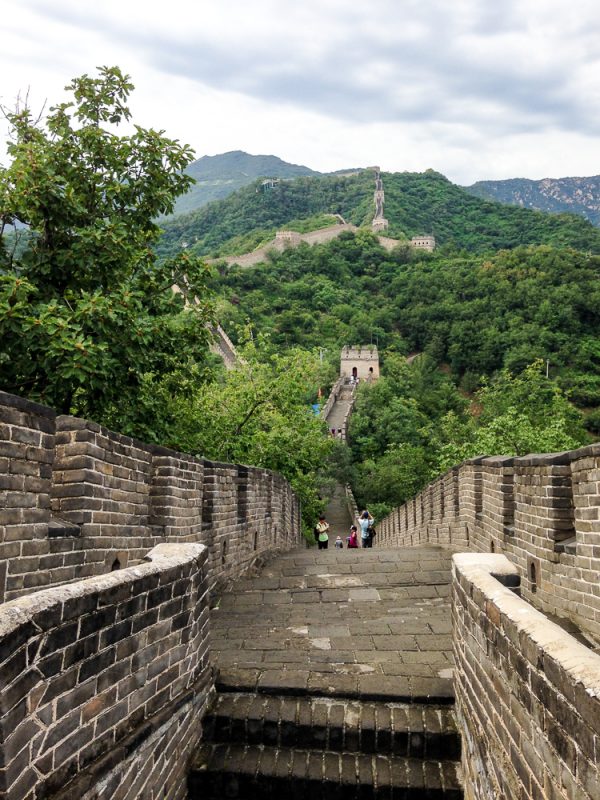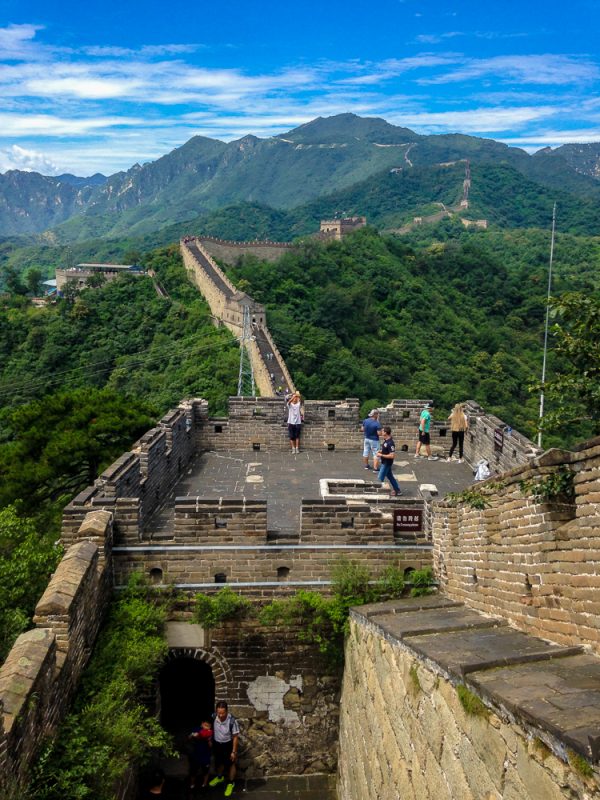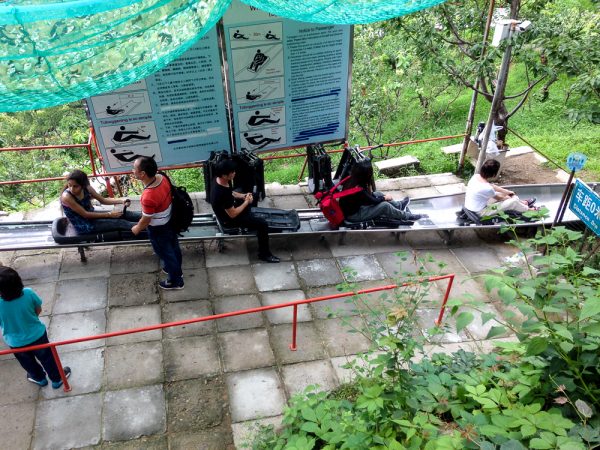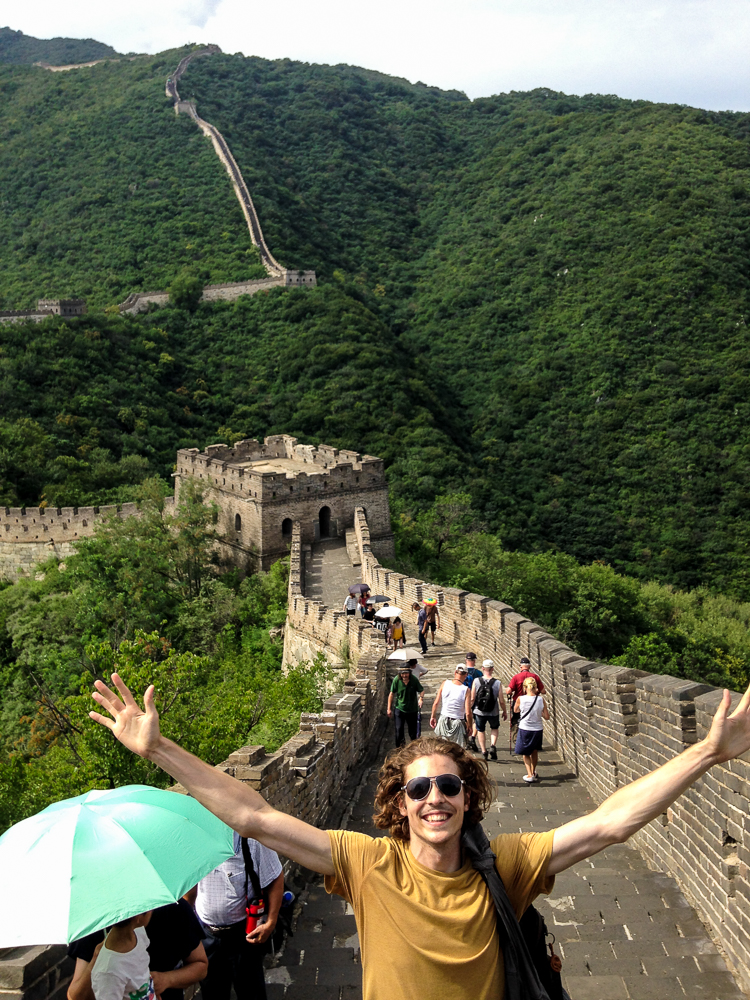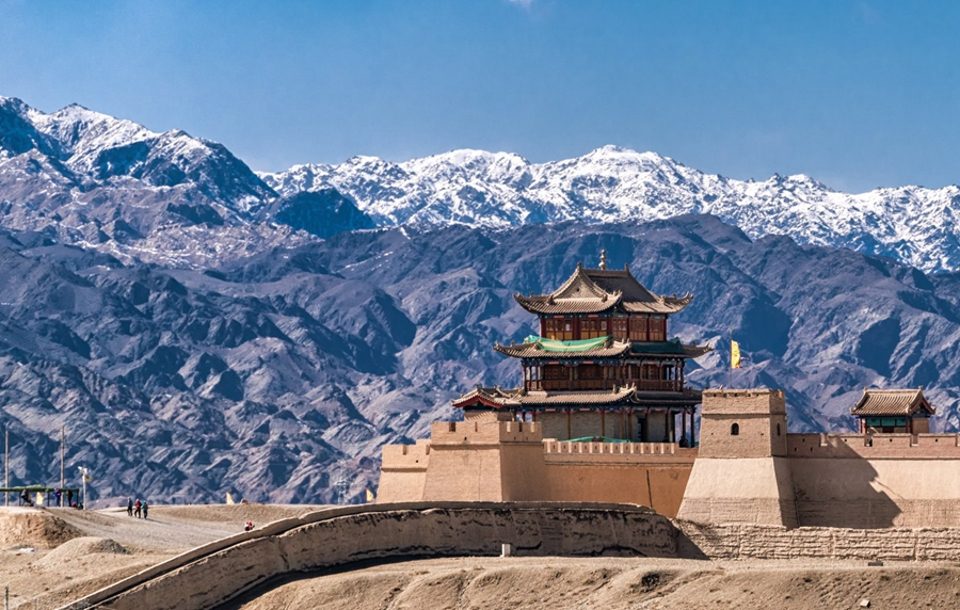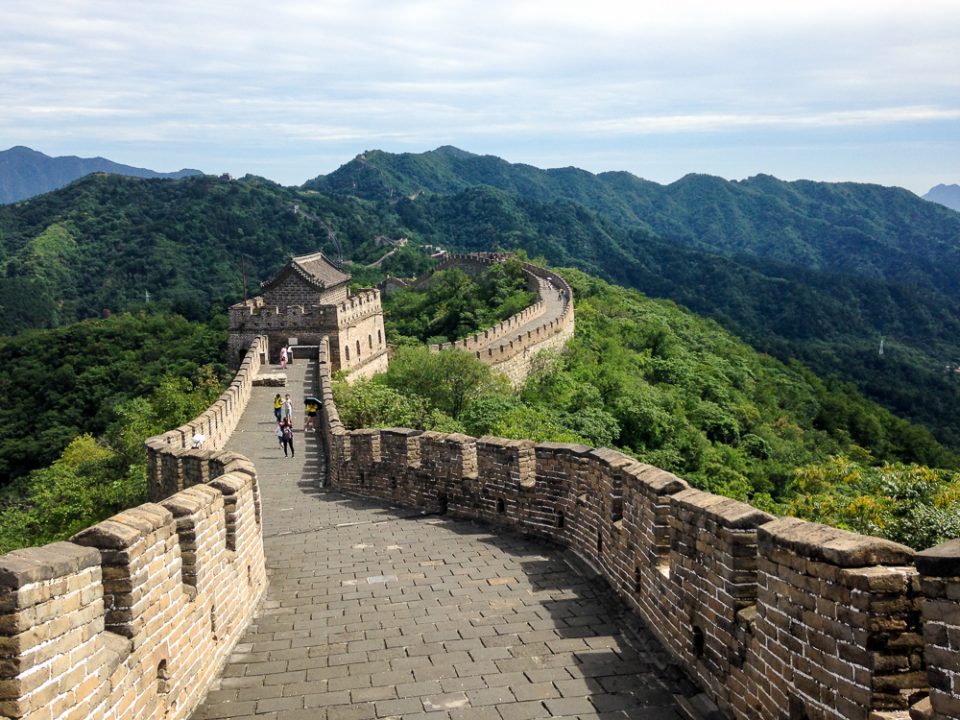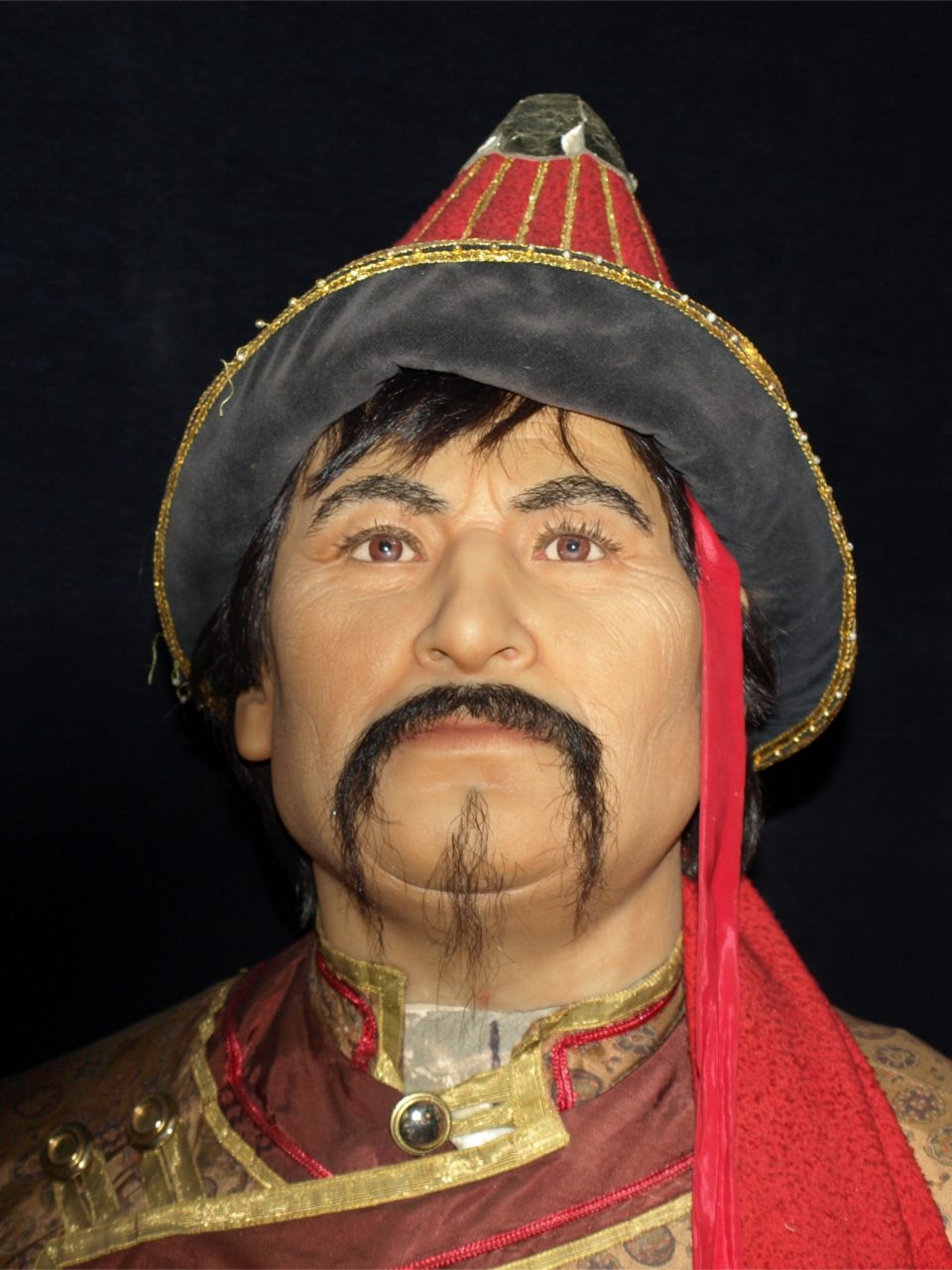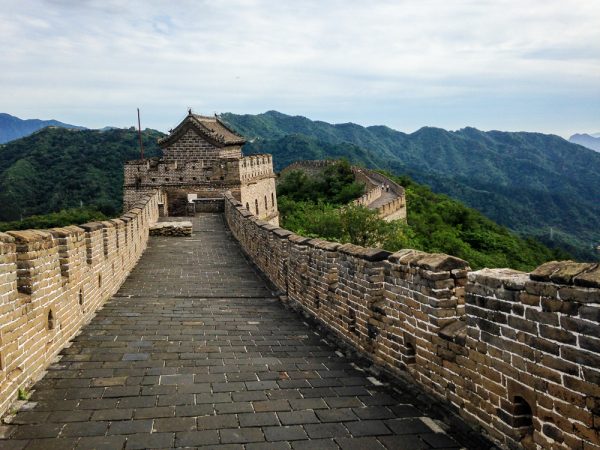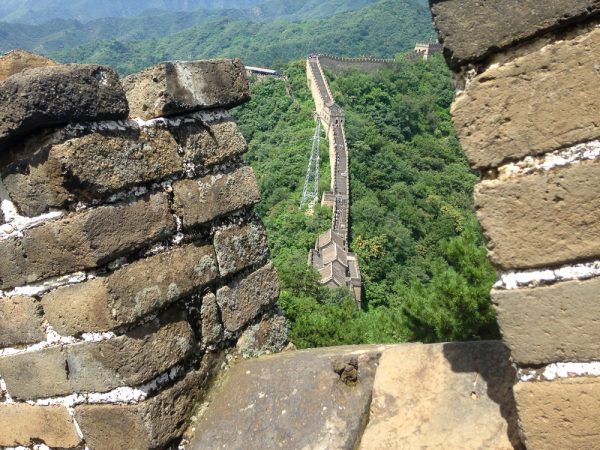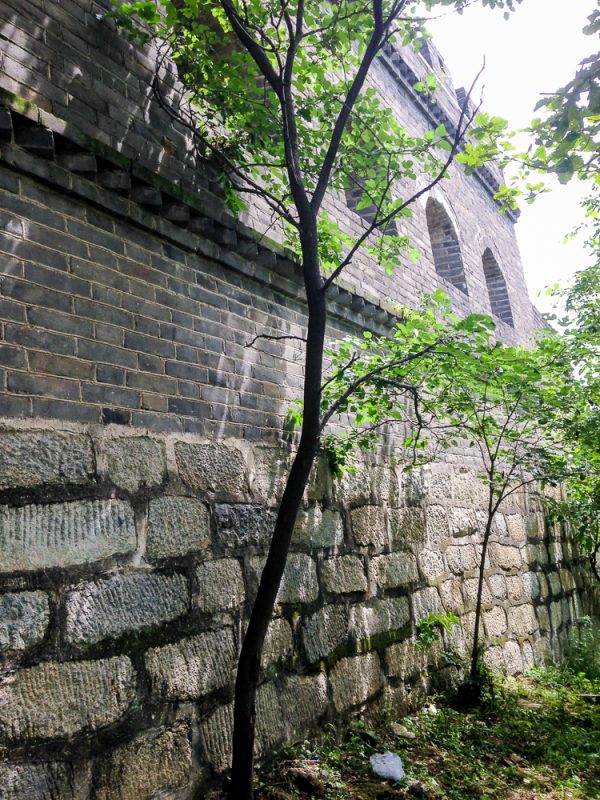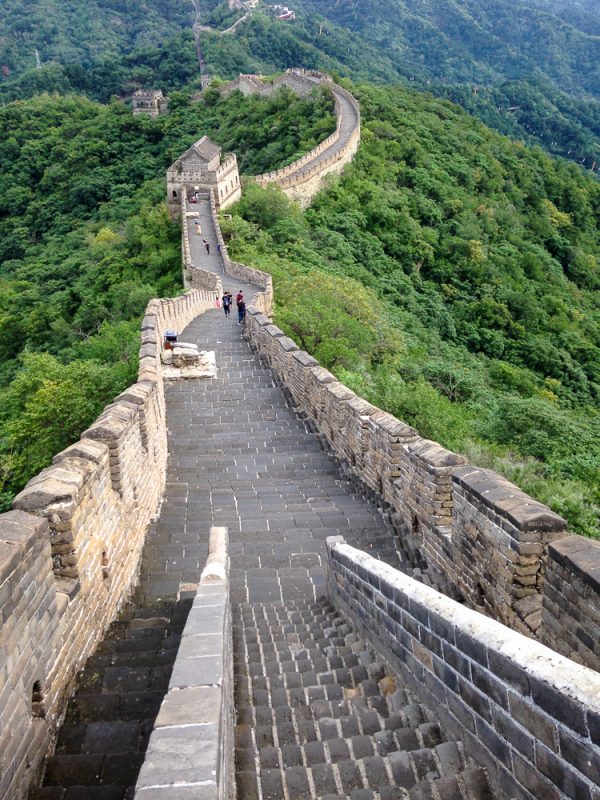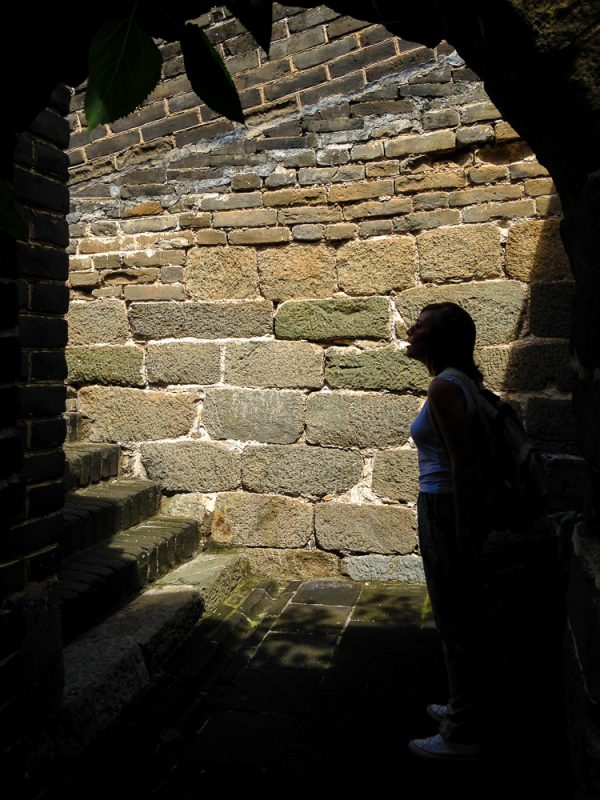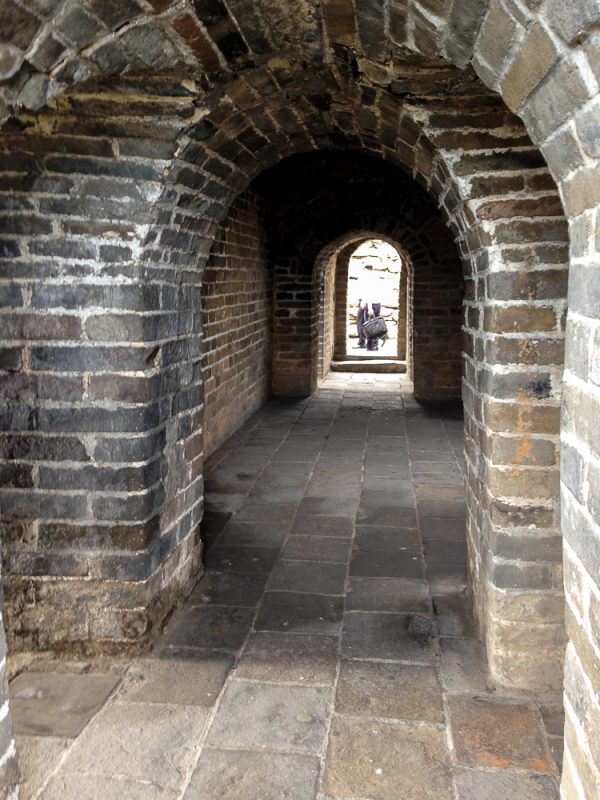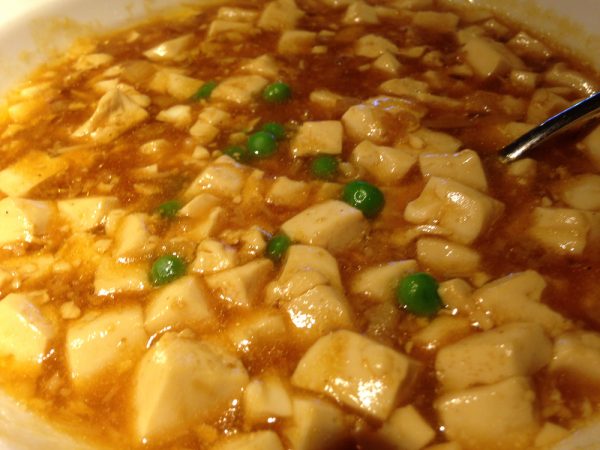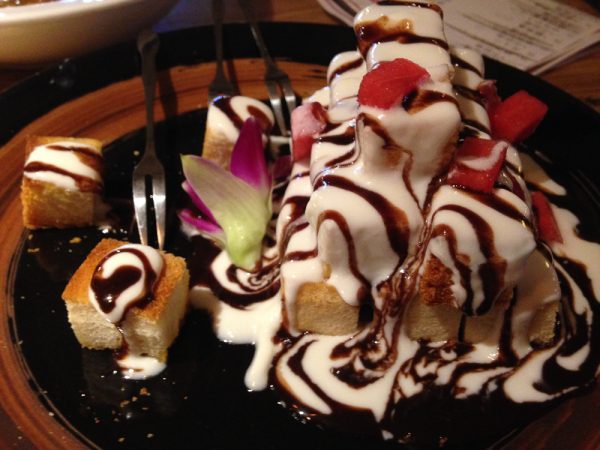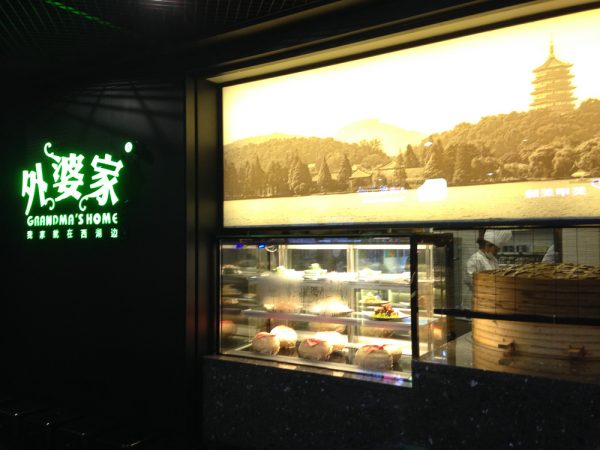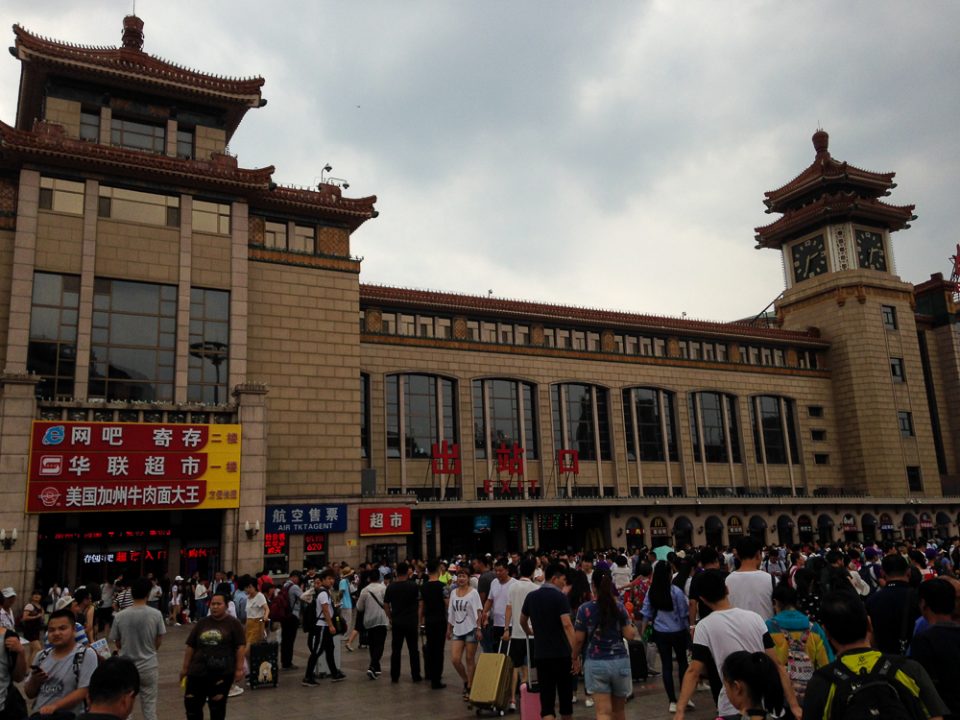The Great Wall of China & General Qi Jiguang
Published by CamDarling on
It’s amazing how something like the Great Wall of China can be the experience of a lifetime for some and simply a pile of bricks and crowded lines for others. If you know of the famous hero Qi Jiguang, the dire reason for moving mountains of dirt and stone and the history of the Ming Era, you’ll really appreciate your experience visiting the Great Wall. To make your travel even easier, check out our list of the 5 best apps for China.
There are many locations to see the Great Wall, most of the best ones are outside of Beijing. I went to Mutianyu, but I’ll also include information for Badaling and Juyong Pass. Note that all the gallery pictures are from my trip to Mutianyu. Either of these locations will make for an amazing day trip from Beijing, you can even get to the Great Wall for cheap using public transit! However, in peak season Badaling is very busy, Mutianyu will be less crowded. And hiking up the mountain really isn’t worth it in 35 degree weather. You are going to spend 3-4 hours hiking along the top of the Great Wall. Trust me, save your energy!
The Great Wall of China is one of the most iconic historic monuments in the world. The Great Wall is over 21,000 Km long, constructed over thousands of years and ‘kind of’ visible from space. The myth that the Great Wall is visible from space was proved to be true on condition you are using at least a 180mm lens camera, in low orbit, or radar imaging. See here.
In Chinese, it’s called “The Long Wall” (长城) or “The 10,000 li Long Wall” (万里长城). But actually consists of many separate walls, often in rows of two or even three walls spread out to trap enemies between them. Similar tactics were used in the trench warfare of the 20th century.
With such an enormous structure, there are many popular places to visit the Great Wall. China Highlights has a great summary of the different sites open to tourists.
I’m going to list the top 3 locations, and dive into the amazing history of the Wall used to push back the Mongol Threat, the Hero General Qi Jiguang and the legacy of the Wall as a foreign affairs policy.
The photos are mostly of Mutianyu, where I visited alone until I got lost and met another traveler, Maria. We had an amazing day exploring the Great Wall on a tight backpacker’s budget.
Mutianyu Great Wall
The Mutianyu Great Wall is located roughly 1.5 hours by bus or car from Beijing. This portion of the wall dates back to 1368 with construction led by then General Xu Da.
Mutianyu is the most restored portion of the Great Wall of China and isn’t as busy as the Juyongguan or Badaling sections. Plus Mutianyu is high in the mountains, surrounded by rolling green or fall colored hills.
- Ticket Fee: 40 RMB ($5.85 USD) Ticket Price + 5 RMB more for a ticket with a postcard ($6.15 USD). 20 RMB Discount tickets available.
- Cable Car Fee: Round-Trip 120 RMB ($17.50 USD), Single way 100 RMB ($14.75 USD). Half Price for Children & Seniors
- Chair Lift Up+ Slide Down Fee: Round-Trip 120 RMB ($17.50 USD), Single way 100 RMB ($14.75 USD). Half Price for Children & Seniors.
- Shuttle Bus Fee: Round-Trip 15 RMB ($2.20 USD), Single waay 10 RMB ($1.5 USD).
- Cultural Exhibition Centre Fee: 5 RMB ($0.75 USD)
- Hours: March 16th to November 15th 7:30 am – 6:00 pm Monday to Friday. 7:30 am – 6:30 pm Saturday & Sunday. November 16th to March 15th 8:00 am-5:00 pm. Note the Cable Cars close at 5:00 pm in the summer and 4:30 pm in the winter.
- Services: Virtual Tour, Restaurants & Shops on Site
Badaling Great Wall
Badaling is the most popular location to visit the Great Wall. It’s where the Great Wall Museum and Great Wall National Theater are located and has been open to tourists since 1957.
Parts of this section are quite steep and difficult for the elderly to climb. It’s also the most likely location to be stuck in crowds or waiting in line. Go early.
- Ticket Fee: 45 RMB ($6.15 USD) from April 1st to Octber 31st. 40 RMB ($5.5 USD) from November 1st to March 31st.
- Cable Car Fee: Round-Trip 140 RMB ($20.75 USD), Single way 100 RMB ($14.75 USD). Half Price for Children & Seniors
- Pulley Fee: Round-Trip 100 RMB ($14.75 USD), Single way 80 RMB ($11.70 USD). Half Price for Children & Seniors
- Great Wall Museum Fee: 5 RMB ($0.75 USD)
- Hours: April to October 6:30 am – 6:30 pm, November to March 7:00 am – 6:00 pm
- Services: Virtual Tour, Restaurants & Shops on Site
Juyongguan Great Wall
Juyongguan is the closest site to Beijing and considered a stronghold and primary gate to the city. This portion of the wall is a gate unlike Mutianyu and Badaling which are mostly just fortifications. This area also has some marble reliefs and temples.
The Juyong Pass is considered one of the three impenetrable gates of the Great Wall.
- Ticket Fee: 45 RMB ($6.15 USD) from April 1st to Octber 31st. 40 RMB ($5.5 USD) from November 1st to March 31st.
- Hours: April to October 8:00 am – 5:00 pm, November to March 8:30 am – 4:00 pm
- Services: No restaurants or museums on site
The Mongol Threat
The Great Wall is a thing of legend that has awed travelers for centuries since the beginning of the Silk Road. Merchants from the middle east would return spreading word to the western civilizations of an enormous wall. Some believed it to be constructed by Alexander the Great on the frontier of his once magnificent empire, for who else could achieve such a feat.
The Wall has been associated with the Gates of Alexander mentioned in the Qu’ran. The myth of the great wall has existed since the 3rd century… But no westerner would officially record and confirm it’s existence for another 1400 years, until the early 17th century.
Today, we get to visit for $9 to $20 and walk along the same paths once patrolled by soldiers against the Mongol Threat.
The First Confirmation of the Great Wall
A missionary named Bento de Gois from Portugal would be the first to reach the Wall at the Jiayu Pass on his journey from India. Bento traveled to find the Christian Kingdom of Cathay in the east, written of by his predecessor explorer Marco Polo who never mentioned a Great Wall in China in his writings. Cathay was in fact China.
Sadly Bento would never make it to Beijing. In a twisted turn of fate, after 3 years of travel he was the first to confirm in letters the existence of the Great Wall. But he was held prisoner for over a year while waiting for permission to enter China. He died of sickness in Jiuquan in Gansu Province of modern day China 11 days after the arrival of a guide from Beijing. Unlucky.
Between Marco Polo’s writings in the 13th century and Bento’s in the 16th. The Ming Dynasty began reconstructing and fortifying the wall on an unprecedented level. Turning dirt walls into stone and brick fortresses.
Why? Because the Ming were ethnic Chinese rulers wary of the Mongol Threat they had defeated not long ago to found their dynasty. We covered the Rise and Fall of the Ming in our Forbidden City Article.
The Mongols of the Steppe
The Mongol Threat to China is ancient, but truly started with the Greatest Conqueror in World History, Genghis Khan. Under Genghis, the Mongols conquered all of northern China in the 12th century. However southern China remained under control of the Song Dynasty until the conquest of Khublai Khan in 1279.
China, the ancient lands that had seen Empires and Kingdoms fell to a Mongolian Emperor for nearly 100 years. The Ming Dynasty that began in 1368 was the savior of ethnic Chinese culture and language. However the Ming didn’t destroy the previous Mongol Emperor… He fled north, out of China. So the threat remained ever present.
Militarily campaigns were launched into Mongol territory over the following century but proved to costly and ineffective. Imagine trying to fight a nomadic tribe in a vast desert… Impossible. In 1473, the Ming began fortifying the Wall south-west of the Ordos Desert controlled by the Mongols, today this area is known as inner Mongolia with Hohhot as the capital city.
This defensive system comprised of two rows of walls that stretched for 1,100 Kms. Over the next 100 years, until the mid-16th century, the Wall was reinforced and expanded east with another 850 Km towards Beijing. Most of the Walls around Beijing date to this period as they were heavily fortified with brick, stone, ramparts, peepholes and extended over steep inclines giving the Wall it’s iconic snaking shape.
However this created new problems. Confident in their new impenetrable fortifications, the Chinese refused to trade with the nomadic tribes. The Mongols saw China as a wealthy and soft country, notably for the jade, gold and silks. Cut off from that wealth, they turned to raiding along the wall. Always looking for the weakest link. This period between 1550 and 1650 is why the Great Wall is famous for repelling the Mongols and it’s eventual failure as a one trick defensive system.
General Qi Jiguang
General Qi Jiguang is one of the most famous names in Chinese history. The General is a legendary man who became well-known for defending the coastal regions of China against the Japanese pirates from 1553. He turned an army of farmers into a crushing military force through his new military philosophy that is still used by the People’s Army to this day.
There is an excellent movie released in 2017 called “God of War” that recounts the victory of Qi Jiguang over the Japanese & Korean pirates.
In 1550 Beijing was raided by a Mongolian Leader named Altan Khan who descended on the city via the Gubeikou Gate. His Mongols raided the suburbs of Beijing, killed 60,000 people and took another 40,000 as slaves and over 100,000 livestock. A month later, the Mongols were gone and sent tribute to Beijing requesting trading privileges. Beijing used these negotiations to stall for time while they re-fortified their defenses.
By 1571, the now older Altan Khan was given the title “Lord Shunyi” and officially became an ally of Beijing and opened up trading posts along the wall which involved a favorable exchange rate for the Mongols for trading horses for silk.
After years of success in the south, in 1567 General Qi Jiguang was relocated to train the Imperial Guards in Beijing. But his attention was needed on the wall. General Qi went to work building 1,200 watchtowers along the Great Wall, running a cost equal to 2.5x the government’s income for the decade. Under his command, the first hollow towers were built which allowed soldiers to rest from the sun, store supplies, ammunition and weapons.
In 1572, Qi Jiguang led 100,000 troops into Mongolian territory and published a book known as “Records of Military Training” based on his experience. This book is essentially a guide to Chinese martial arts of the 16th century and military philosophy, and famously describes 32 postures for fighting. Qi Jiguang’s legacy lives on today, but the man himself was quietly released of his duties and died living in poverty at 59 years old in 1588.
New Ming Fortifications
The Final Failure
The Great Wall was pitched and built on the promise of being the final solution to the Mongol invasions. But the idea of the wall was fundamentally erroneous.
Over the course of the Ming Dynasty, foreign policy changed from strong military campaigns launched in Mongol territories, to defending Chinese lands from Mongol raids. Diplomacy and trade connections were abandoned. China lost of influence over it’s northern borders, making enemies rather than allies.
The best defense against an invasion is mutual co-dependence through trade and military protection. Much like the USA uses today through foreign aid, trade in arms and operating military bases in foreign countries around the world.
The Ming Dynasty fell from within in 1644. A powerful force of Manchu descended from the north during the chaos of a rebellion, fought and won the Battle of Shanhai Pass and established the Qing Dynasty. The new rulers did not continue building the Great Wall and it began to slowly crumble over the next 300 years.
Grandma’s House Restaurant
After a long day exploring the Great Wall of China I was so hungry! I needed more than just street food. Luckily, my friend Shizu was available to meet up when I got back to Beijing around 6:00 pm. Together with my new travel buddy Maria, the three of us made our way to Grandma’s House restaurant.
In my Forbidden City article I explain that a lot of the best restaurants in China are in the malls. Grandma’s House is a chain restaurant from Hangzhou in Zhejiang Province. The food is really good and really affordable, so a 1 hour wait is common. In China, waiting this long is totally normal, just FYI. Don’t get upset, clearly everyone else thinks the wait is worth it.
If you have a SIM Card, local number, they will text you when a table is ready and your number (get at the front reception) is called. The restaurant has multiple locations but always in a mall. With no local number, you may just have to wait around.
The best items are Grandma’s Pork and the tea-flavored chicken. But we tried many dishes and they were all pretty good!
Getting to the Great Wall of China
While I was in Beijing I met a few people that booked a tour to the Great Wall. This is an awesome choice and easy. But I’m a budget traveler, so I always choose to find my own way on public transit. No matter which Great Wall location you choose, you’ll need to navigate the Beijing subway.
If you’ve read our 5 Best Apps for China, you should already have a good subway system app for all the Chinese cities. They make navigating all the subway lines super easy! I’ll include links to the Android and iOS versions.
Getting to Mutianyu Great Wall
I took the 916 Express Bus from Dongzhimen Bus Station. Use the app to get there.
- The 916 costs 12 Yuan ($1.75)and departs when full, every 20-30 minutes from 6:00 am.
The journey takes 60 to 70 minutes. You’ll want to get of at Huairou North Avenue Station. - Essentially everyone gets off at this station, so don’t worry about missing it. Unless you are ethnic Chinese, the bus driver will let you know. It’s a common way to get there.
- You’ll need to get a connecting bus H23, H24, H35 or H36 to reach Mutianyu.
- A 200 m walk to the ticket station.
- For Maria and I, these buses weren’t coming so we split a local van ride with a few other tourists waiting for 10 Yuan each, 60 Yuan total.
Our van driver got us a 50% discount on our ticket price. I didn’t realize it at the time since she didn’t speak any English, French or Spanish.
Getting to Badaling Great Wall
- Make your way to Deshengmen Station in Beijing, not far from the Jishuitan Subway Station.
- Look for Bus 877 that costs 12 Yuan ($1.75 USD) and takes 60 minutes non-stop to Badaling.
- Badaling is the only stop and the ticket office isn’t far from the drop off point.
- The last bus returning to Beijing leaves at 4:30 pm.
Getting to Juyongguan Great Wall
- Make your way to Deshengmen Station in Beijing, not far from the Jishuitan Subway Station.
- Look for Bus 345, 670, 883, 889, or 919 to Shahe Station that costs 12 Yuan ($1.75 USD)
- Transfer to bus line 68 that goes directly to Juyong Pass.
- The last bus returning to Beijing leaves at 4:30 pm.
Traveling in China can be a challenge due to the language barrier and internet censorship. Check out the Best VPNs for China so you can use Google Maps, Instagram and Facebook. And consider pick up a SIM Card for cheap to share all those awesome moments live with friends. SIM Cards are cheap in China and worth picking up for longer trips.
We know researching for a trip can be tedious. So we put together a list of books, movies and podcasts to get you in the mood for travel to China. Check it out under Books & Things.
If you haven’t read our article on the Qin Dynasty, it’s a great introduction to how China became a unified Empire. We are working on more articles for the Summer Palace and Dalian so stay tuned for more to come.
